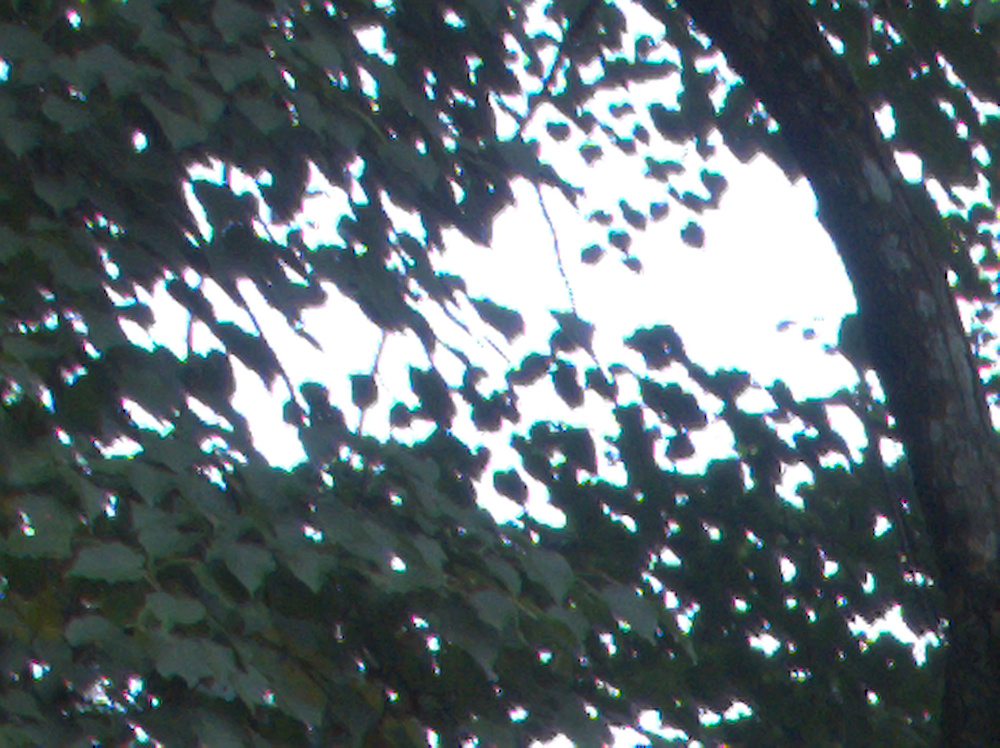It is difficult to judge, without the raw. When I take your play raw from the Erlaufschlucht as an example, the fringing appears in regions of the sky that are over exposed. There is not only purple fringing but also a complementary greenish edge. So, this looks to me like chromatic aberratins.
However in darktable the chromatic aberration module does not realy work in this example. In contrast the defringe module does quite fine:
Sometimes the color zone module can also be helpfull:
P9120141(1).orf.xmp (5.8 KB)


